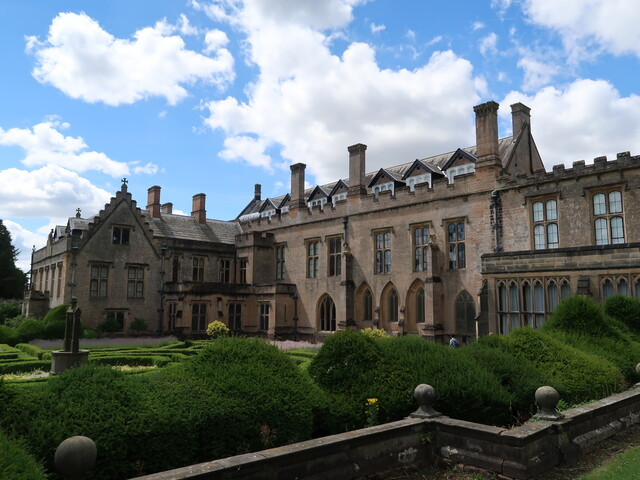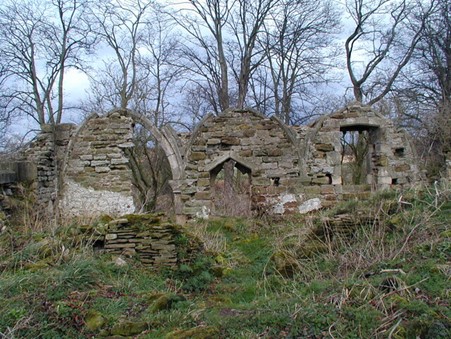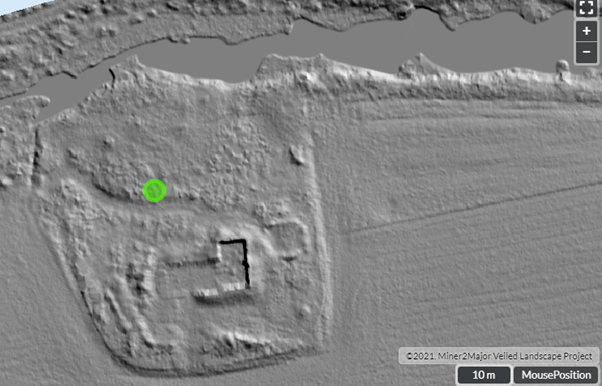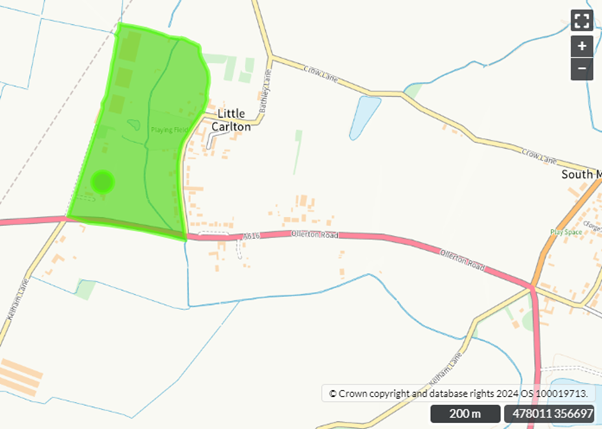February 2024 Heritage Events in Nottinghamshire
- Posted in:
- GetInvolved
There’s plenty of exciting heritage-based events taking place in February 2024. So, if you’re looking for a fun weekend activity or something for the family during the school Half-Term holidays, take a look at the events below!
Saturday 10th – Sunday 25th February: Kids (aged 15 and under) go free to Newstead Abbey’s Historic House this February Half-Term. Check out the details here.
Saturday 17th February: Lakeside Arts will be hosting a free painting session where activities will be based on the designs and decoration of pottery found in Nottingham’s caves. Check out the details here.
Saturday 24th February: Enjoy a special story session about Stone Age hunters, mammoths, and the caves at Creswell Crags. For children aged 5-11. Book your place here.
Wednesday 21st February: Join Project Officer, Denis Hill, at the Worksop library to learn about the Midlands Railway line between Mansfield and Worksop and the effects this line had on the economy and local community (Check out the related Mansfield Worksop Railway Viaduct HER record). Book your place to learn about its history here.
An Extra Heritage Highlight: Between January and November, discover the hidden rooms of Wollaton Hall, such as the Tudor Kitchens and the Cave. Kids (under 16 years old) go free. Check out the tour details here.

Above: Newstead Abbey
Some of our wonderful Nottinghamshire museums are hosting a range of free February Half-Term activities:
Mansfield Museum has many free events coming up. Learn about how the Mansfield Museum Collections Officer collects, curates and cares for their taxidermy collection on Friday 16th or come and meet a series of birds of prey alongside an experienced falconer on Thursday 15th (book here). Check out the full extent of Mansfield Museum's events here.
Bassetlaw Museum is taking part in the Nottingham Festival of Science and Curiosity this February Half-Term. Code with special robots, learn where your waste goes, or have a go at tie-dye. For the full list of events, visit the Bassetlaw Museum website.
The National Civil War Centre (Newark Museum) is also hosting a few creative events between Tuesday 13th - Friday 16th. Join artist Vanessa Stone for some paper boat fun based on her creative work or take part in music and movie soundSYNC workshops, using a range of instruments and technologies, each day (book here). For more information, visit the event post here.


